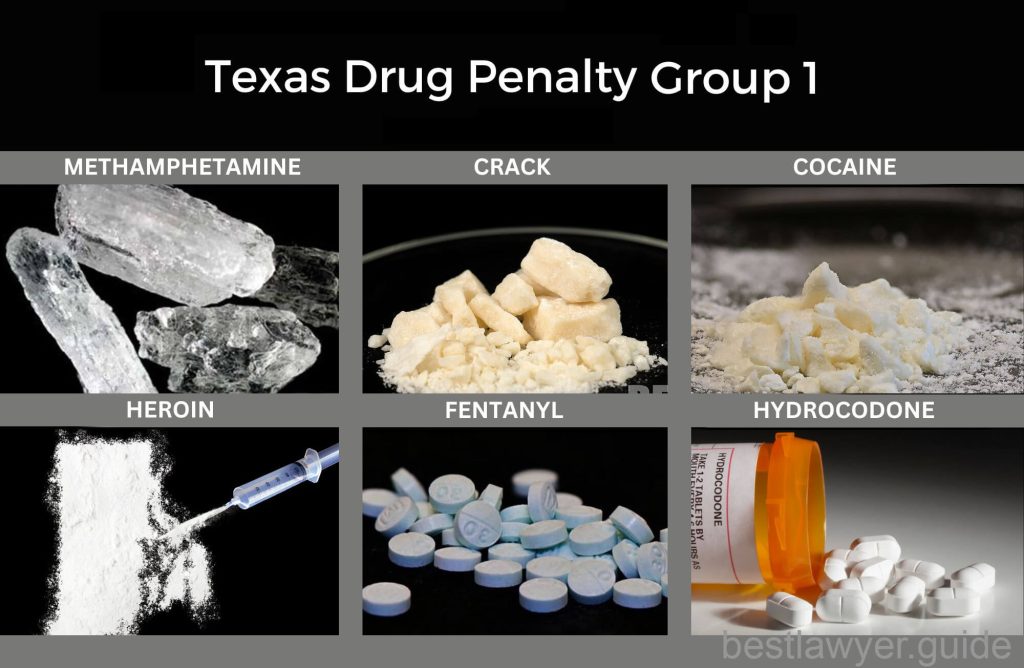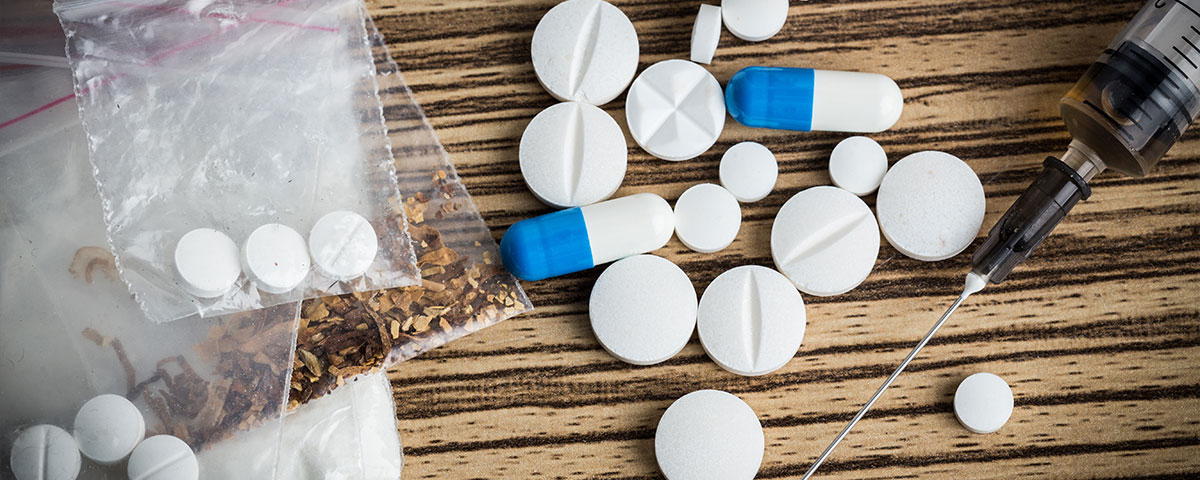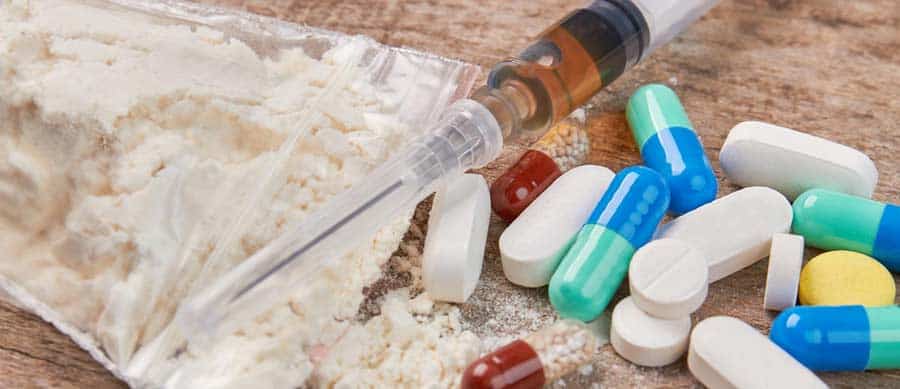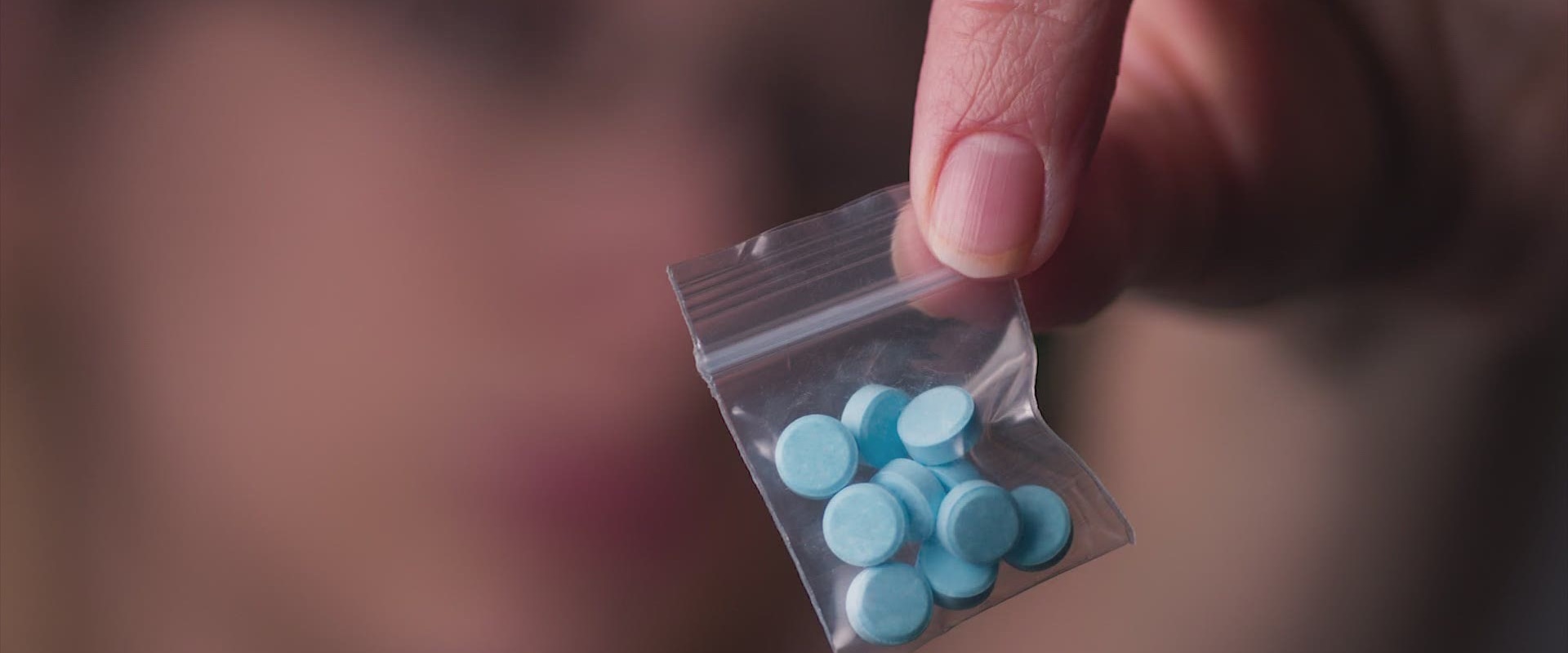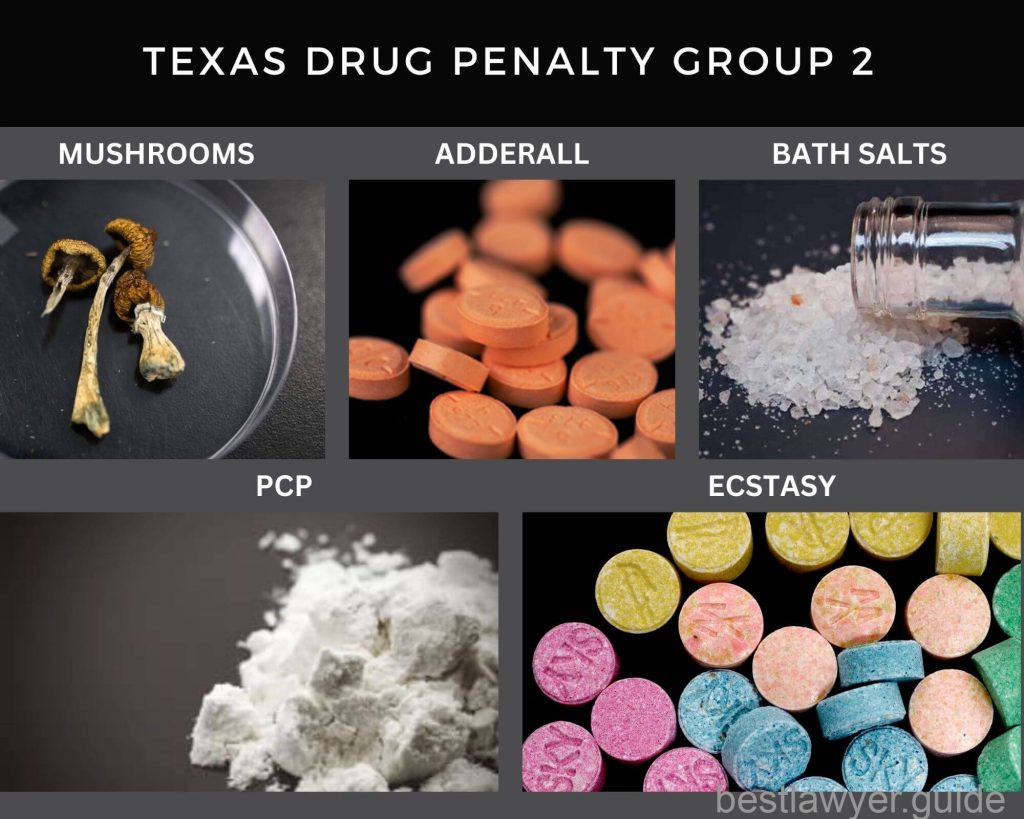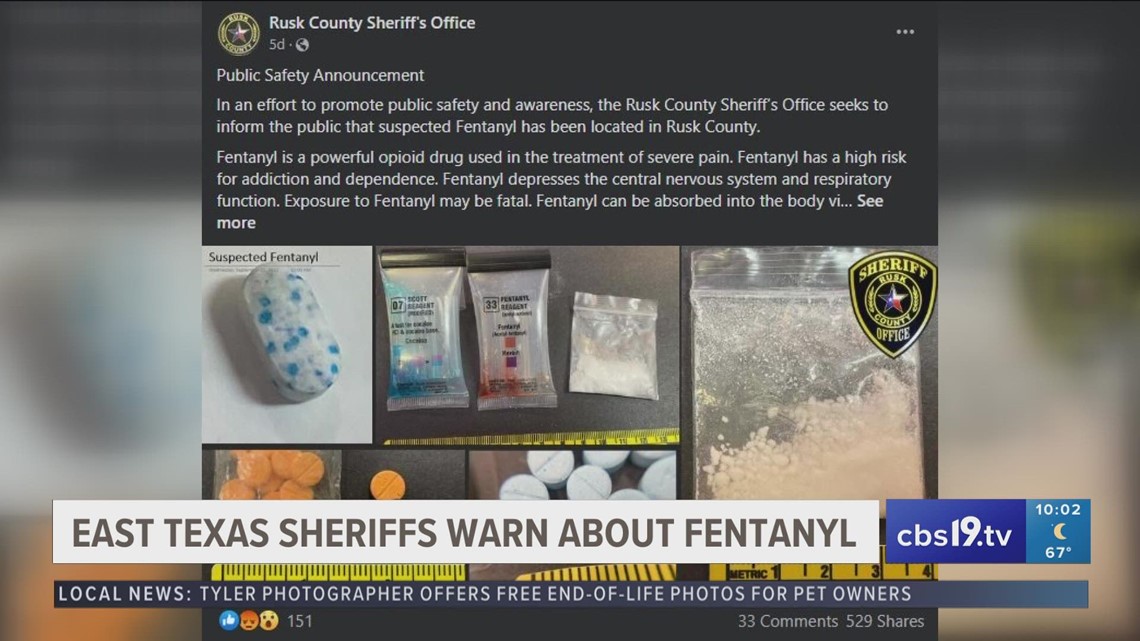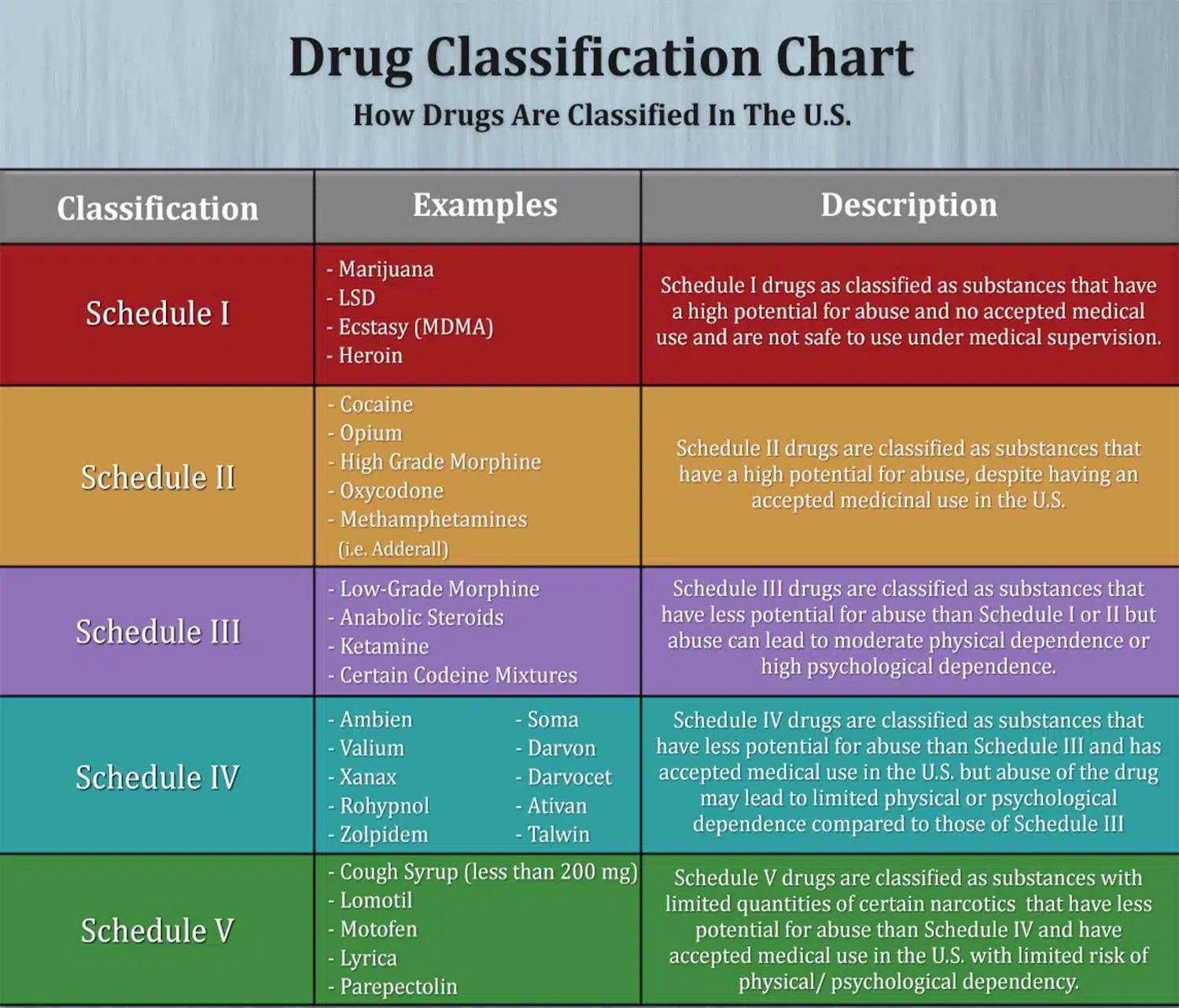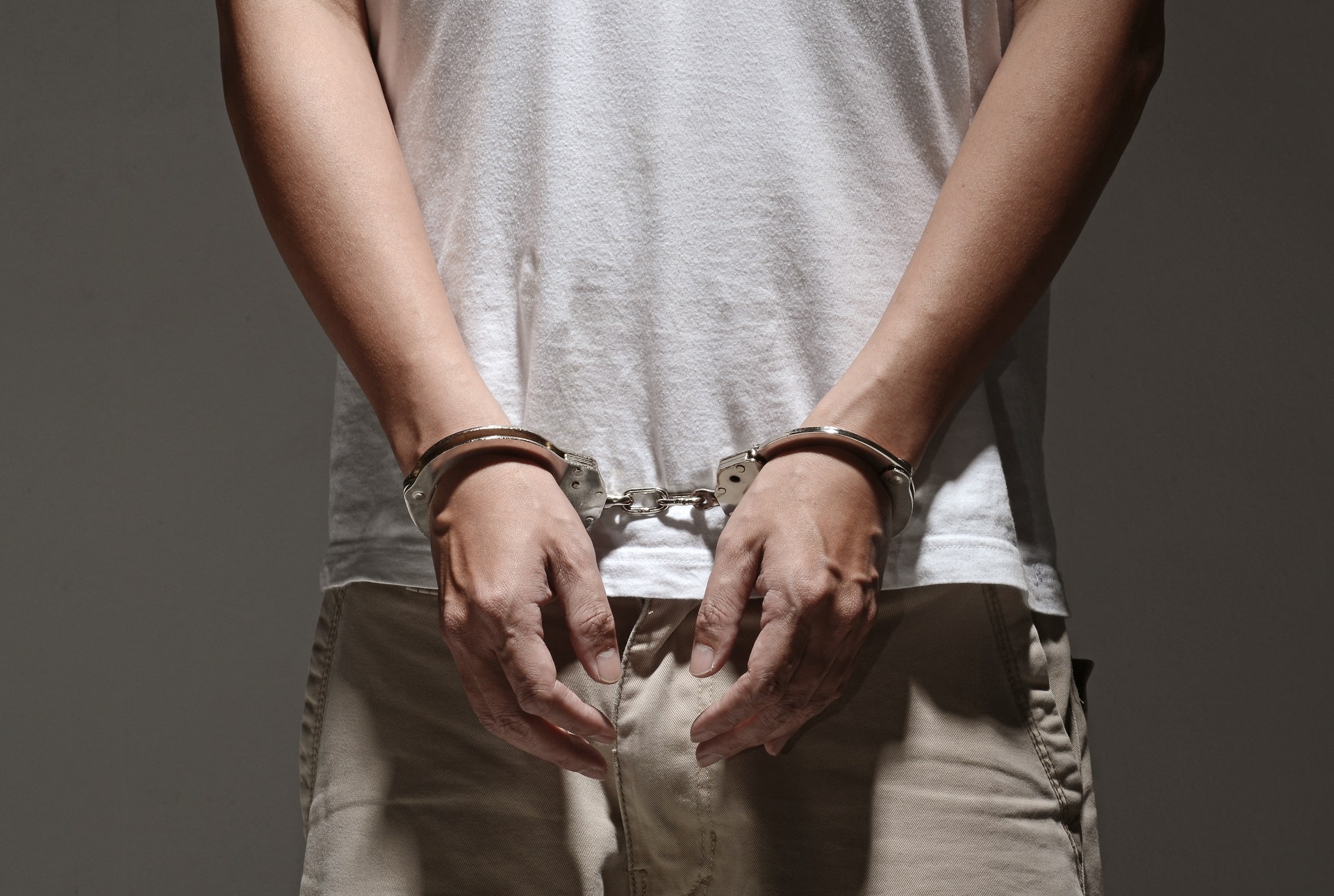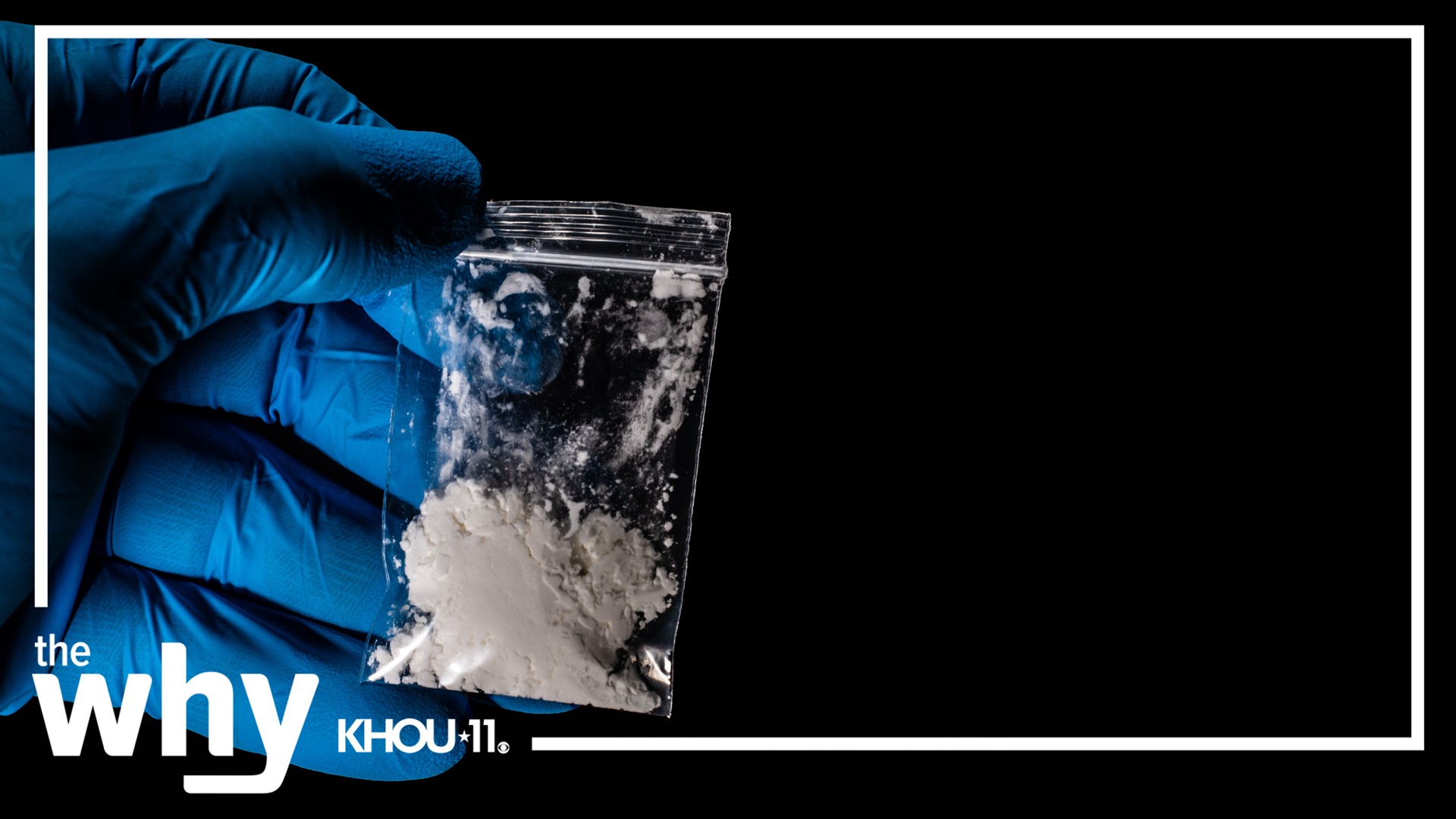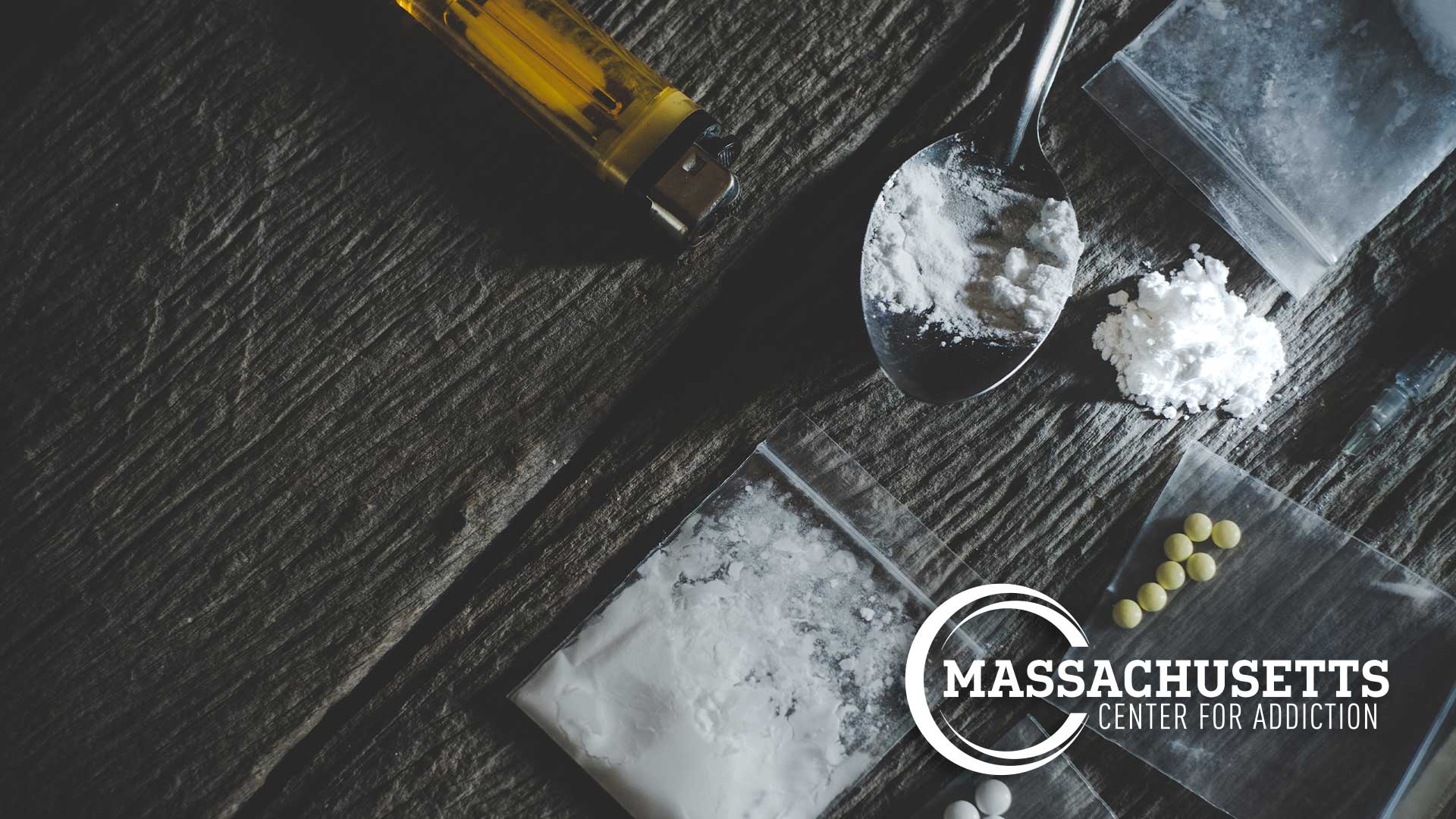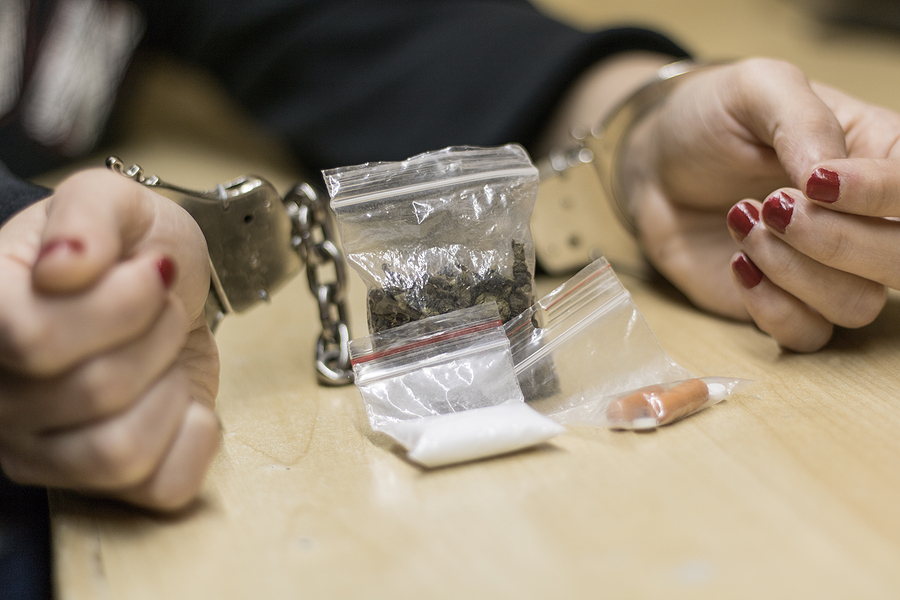What Is Considered A Dangerous Drug In Texas

Texas law categorizes controlled substances into penalty groups, dictating the severity of charges for possession, manufacture, or delivery. These classifications, defined under the Texas Controlled Substances Act, determine the legal ramifications for drug-related offenses. Understanding these categories is crucial for both legal professionals and the general public.
This article will delve into what constitutes a "dangerous drug" in Texas, the specific substances included in each penalty group, and the potential consequences associated with their misuse. It aims to provide a comprehensive overview based on official state statutes and relevant data.
Defining "Dangerous Drugs" in Texas
In Texas, the term "dangerous drug" has a specific legal definition distinct from "controlled substance." Dangerous drugs are defined in Chapter 483 of the Texas Health and Safety Code. These are drugs requiring a prescription but are not classified as controlled substances.
Examples of dangerous drugs include, but are not limited to, antibiotics, hormones, and certain prescription medications. While not subject to the same stringent controls as narcotics, their misuse or illegal distribution still carries legal penalties.
Penalty Groups for Controlled Substances
Texas classifies controlled substances into penalty groups based on their potential for abuse and lack of accepted medical use. These groups range from Penalty Group 1, containing the most dangerous substances, to Penalty Group 4, containing substances with lower potential for abuse.
Penalty Group 1 includes substances like heroin, methamphetamine, cocaine, and certain opioids. Possession of even small amounts can lead to severe felony charges and lengthy prison sentences.
Penalty Group 1-A specifically targets fentanyl and its analogues. Due to the extreme potency and risk of overdose associated with fentanyl, offenses involving this substance often carry even harsher penalties than those in Penalty Group 1.
Penalty Group 2 encompasses substances like MDMA (ecstasy) and some hallucinogens. While considered less addictive than drugs in Penalty Group 1, possession and distribution still result in significant legal repercussions.
Penalty Group 2-A focuses on synthetic cannabinoids, often marketed as "synthetic marijuana" or "K2/Spice." Despite being chemically different from marijuana, these substances are regulated due to their unpredictable and potentially dangerous effects.
Penalty Groups 3 and 4 include substances with a lower potential for abuse, such as certain prescription drugs like Valium and Xanax. Penalties for offenses involving these substances are generally less severe than those in higher penalty groups, but still carry legal consequences.
"The severity of punishment is directly correlated with the penalty group and the quantity of the substance involved," explains Dallas-based criminal defense attorney, John Smith. "Even possession of a small amount of a drug in Penalty Group 1 can drastically alter someone's life."
Marijuana Laws in Texas
Marijuana remains illegal for recreational use in Texas, although there are exceptions for low-THC cannabis used for medical purposes under the Texas Compassionate Use Program. Penalties for marijuana possession vary based on the amount possessed.
Possession of small amounts of marijuana (under 2 ounces) is typically charged as a Class B misdemeanor. However, possessing larger quantities can result in felony charges and significant prison sentences.
The legal landscape surrounding marijuana in Texas is continuously evolving. Recent legislative sessions have seen debates regarding decriminalization and potential legalization, but significant changes have yet to be enacted statewide.
Consequences of Drug-Related Offenses
The penalties for drug-related offenses in Texas can be severe, ranging from misdemeanor charges with fines and jail time to felony charges with lengthy prison sentences. Factors influencing the severity of punishment include the penalty group of the substance, the quantity involved, and the individual's prior criminal history.
Beyond criminal penalties, a drug conviction can have long-lasting consequences, including difficulty securing employment, housing, and educational opportunities. It can also impact a person's ability to obtain professional licenses and travel internationally.
Texas Department of Public Safety (DPS) data indicates a consistent effort to combat drug trafficking and reduce drug-related crime across the state. This includes increased law enforcement efforts, targeted drug interdiction programs, and collaboration with federal agencies.
Seeking Help for Substance Abuse
For individuals struggling with substance abuse, numerous resources are available throughout Texas. These resources include state-funded treatment centers, private rehabilitation facilities, and support groups like Narcotics Anonymous.
The Substance Abuse and Mental Health Services Administration (SAMHSA) provides a national helpline and online resources for individuals seeking treatment and support. Seeking help is a crucial step towards recovery and a healthier life.
Understanding the legal definition of dangerous drugs in Texas, the classifications of controlled substances, and the potential consequences of drug-related offenses is vital for promoting public safety and ensuring a more informed citizenry.

